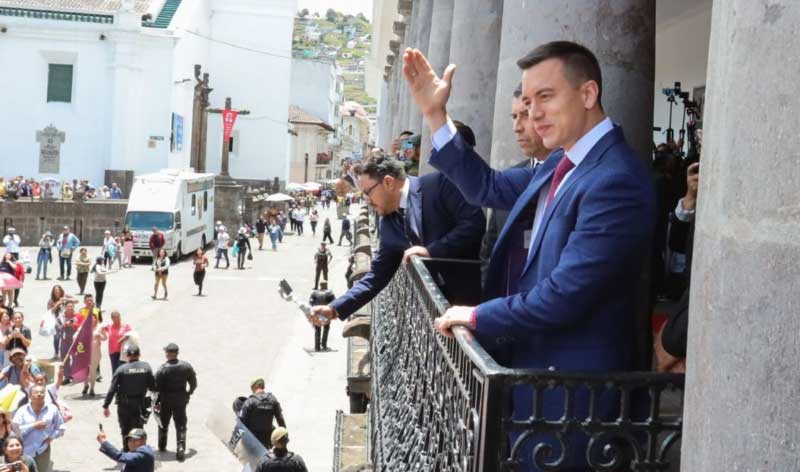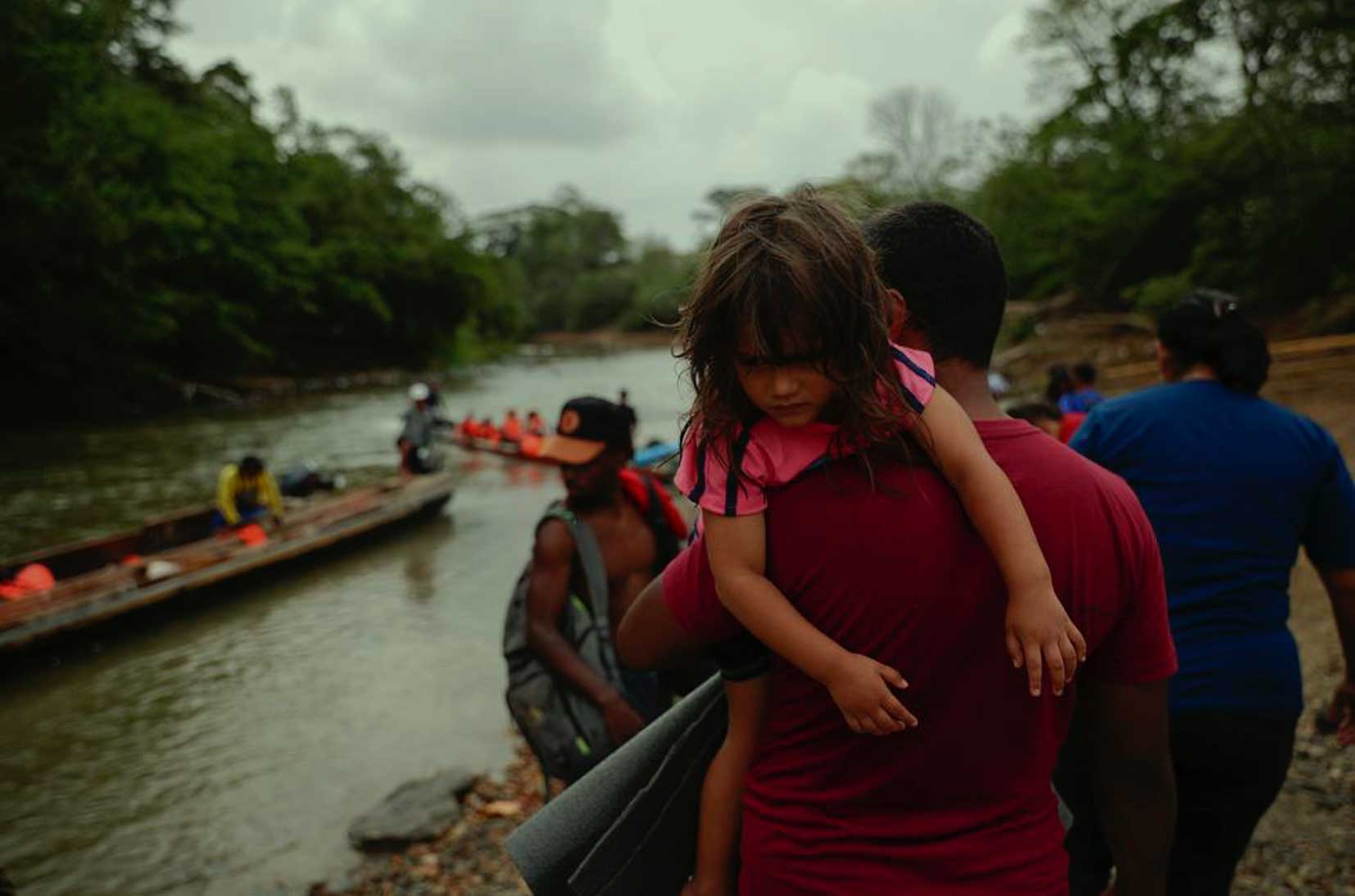Report claims Assange used Ecuador’s London embassy as command center for Wikileaks activity, meeting frequently with Russian agents
By By Marshall Cohen, Kay Guerrero and Arturo Torres

Julian Assange
New documents obtained exclusively by CNN reveal that WikiLeaks founder Julian Assange received in-person deliveries, potentially of hacked materials related to the 2016 US election, during a series of suspicious meetings at the Ecuadorian Embassy in London.
The documents build on the possibility, raised by special counsel Robert Mueller in his report on Russian meddling, that couriers brought hacked files to Assange at the embassy.
The surveillance reports also describe how Assange turned the embassy into a command center and orchestrated a series of damaging disclosures that rocked the 2016 presidential campaign in the United States.
Despite being confined to the embassy while seeking safe passage to Ecuador, Assange met with Russians and world-class hackers at critical moments, frequently for hours at a time. He also acquired powerful new computing and network hardware to facilitate data transfers just weeks before WikiLeaks received hacked materials from Russian operatives.
These stunning details come from hundreds of surveillance reports compiled for the Ecuadorian government by UC Global, a private Spanish security company, and obtained by CNN. They chronicle Assange’s movements and provide an unprecedented window into his life at the embassy. They also add a new dimension to the Mueller report, which cataloged how WikiLeaks helped the Russians undermine the US election.
An Ecuadorian intelligence official told CNN that the surveillance reports are authentic.
The security logs noted that Assange personally managed some of the releases “directly from the embassy” where he lived for nearly seven years. After the election, the private security company prepared an assessment of Assange’s allegiances. That report, which included open-source information, concluded there was “no doubt that there is evidence” that Assange had ties to Russian intelligence agencies.
UC Global did not respond to multiple requests for comment.
Assange, a native of Australia, has always denied working for the Kremlin and has insisted that the source of the leaks “is not the Russian government and it is not a state party.” He also said he would have published damaging information about then-candidate Donald Trump if he had received it.

Ex-foreign minister Ricardo Pitino
The US announced criminal charges against Assange earlier this year for his role in the 2010 leaks of secret diplomatic cables and Pentagon war logs, which WikiLeaks got from then-US Army intelligence analyst Chelsea Manning. British police yanked Assange from the embassy in April. He is now serving a one-year prison term in London for skipping bail in the UK, while aggressively fighting extradition to the US.
WikiLeaks did not respond to requests for comment. Assange’s lawyers declined to comment. Assange maintains his innocence and WikiLeaks says the charges are “the worst attack on press freedom in our lifetime.”
A guest with privileges
Assange sought refuge at the Ecuadorian Embassy in June 2012 to apply for political asylum and avoid extradition to Sweden, where he faced sexual assault allegations, which he denies.
The decision to offer Assange asylum was made by then-Ecuadorian President Rafael Correa, who claimed he was protecting Assange from “political persecution.” The asylum also served two larger purposes: It heightened Ecuador’s status on the world stage and brandished Correa’s credentials as a leading US antagonist in Latin America.
Initially the diplomats hoped to take Assange swiftly to Ecuador. But that plan stalled amid British refusals to allow Assange safe passage outside the embassy. So he settled in for a protracted stay.
Though confined to a few rooms inside the embassy, Assange was able to wield enormous authority over his situation. From the outset he demanded (and was granted) high-speed internet connectivity, phone service and regular access to professional visitors and personal guests. This arrangement enabled him to keep WikiLeaks active, the documents said.
Assange also issued a special list of people who were able to enter the embassy without showing identification or being searched by security. He was even granted the power to delete names from the visitor logs. To avoid surveillance cameras, Assange occasionally met guests inside the women’s bathroom, according to the security reports.
This all leaves open the possibility that additional sensitive meetings took place but are still secret.
Quickly, the once-mundane diplomatic mission in the heart of London became a hotbed of tension and suspicion. Throughout Assange’s stay at the embassy, Ecuador employed three security companies to conduct constant surveillance. Assange installed his own recording devices and used noise machines to stymie the snooping, according to the documents obtained by CNN.
The task of controlling Assange proved difficult. Fistfights broke out between Assange and the guards. He smeared feces on the walls out of anger.
Assange also maintained direct contact with senior officials in Ecuador, including former Foreign Minister Ricardo Patiño, and regularly used those connections to threaten embassy staff, according to the surveillance documents and two Ecuadorian government sources who spoke to CNN. He claimed he could get people fired, even the sitting ambassador.
Assange’s authority appeared at times to rival that of the ambassador. In December 2013, Ambassador Juan Falconí wrote a letter to Assange and said that “you cannot give instructions contrary to mine.”
CNN reached out to the four ambassadors who overlapped with Assange’s time at the embassy. Only Falconí would comment, saying the Ecuadorian government had never pressured him to give Assange special treatment and that he had established rules for Assange to follow.
Several current and former Ecuadorian government officials, including Correa and Patiño, did not respond to multiple requests for comment. While Correa was in office, he responded to criticism over harboring Assange by doubling down on the asylum offer and holding Assange up as a symbol of Ecuador’s commitment to freedom of the press.
Referring to Assange, Correa pointed out that “the icon of freedom of expression chooses to take refuge in the embassy of Ecuador,” in a 2012 interview with RT en Español, a Spanish-language network controlled by the Kremlin. The Russian government operates television networks around the world to spread propaganda, and it reaches American audiences on its flagship English-language station, RT.
Despite the years of strife, Assange was allowed to stay and prepared to wield his power when the moment was right. That moment came in summer 2016, a pivotal time in the US presidential campaign.
Russia comes knocking
By June, Trump and Democratic candidate Hillary Clinton had emerged as the de facto nominees of their parties and were gearing up for what would be a bruising general election. The campaign took a historic turn on June 14, when the Democratic National Committee announced that it had been hacked and blamed Russia — which Trump dismissed as a farce.
Assange was busy back at the embassy. That month, members of the security team worked overtime to handle at least 75 visits to Assange, nearly double the monthly average of visits logged by the security company that year. He met Russian citizens and a hacker later flagged in the Mueller report as a potential courier for emails stolen from the Democrats.
__________________
Credit: CNN, https://edition.cnn.com


















